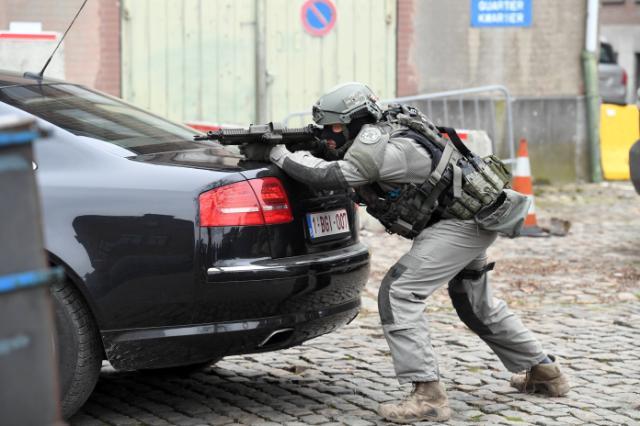Key risk drivers
Terrorism is often driven by major conflicts in different regions of the world. Over the last decade has resulted in an increased risk of terrorism in Europe and worldwide. The radicalisation of European nationals into terrorist organisations is a threat.
Radicalised individuals with combat experience and international terrorist connections induce the risk of new terror attacks in Europe and serve as role models, propagandists, recruiters, or fundraisers for terrorist organisations to engage in planning attacks against Europe or incite others to do so. Recent terrorist attacks committed in Europe are by lone individuals who have not been to conflict zones, who are likely inspired by terrorist propaganda.
Using social media and cyberspace, terrorist organisations and malicious individuals can carry out hostile and illicit operations at a distance with potentially total anonymity. New technologies mean that malevolent individuals and organisations have new possibilities to exploit various aspects of society worldwide and in the EU. This is especially true considering the digital transformation of the EU’s economy and society and the increasing reliance on information systems.
The internet and social media are used as powerful tools for spreading disinformation, terrorist propaganda and extremist content. Terrorists can potentially influence and control using disinformation in such topics as election debates, migration, and vaccination. They use online troll farms and both real and fake accounts on social media to spread disinformation. During the COVID-19 pandemic, groups shared misleading information about the virus, especially on vaccines to create confusion and undermine an effective public health response.
Terrorism also has wider repercussions: it creates feeling of insecurity, fuels distrust among different groups in society and towards the government, feeds prejudices and extremist views, and erodes the sense of a community. This can lead to radicalisation and violent extremism.



